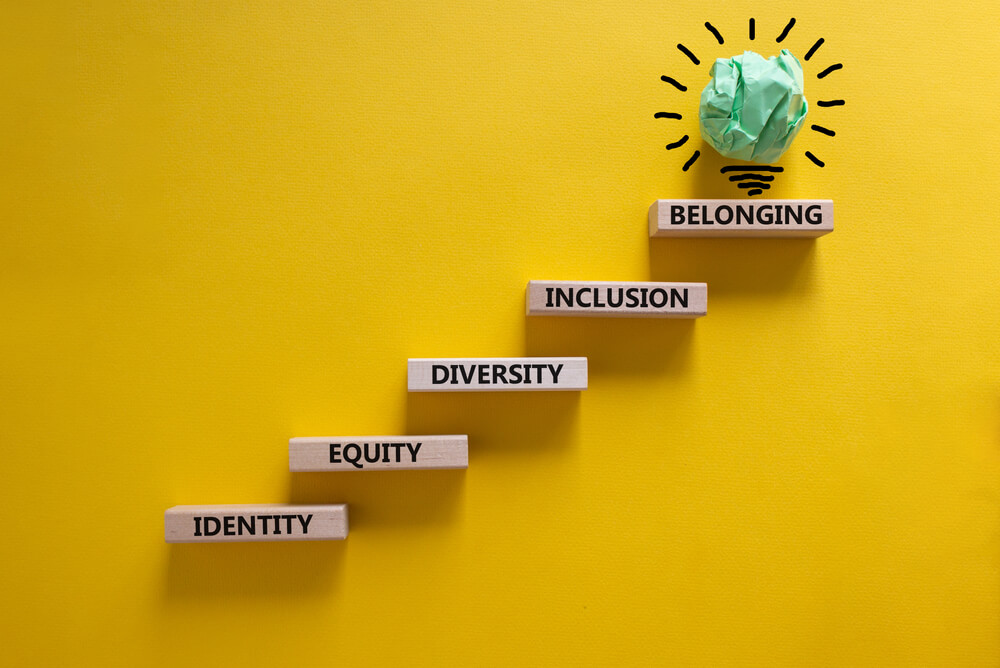Understanding Basil Bernstein
Before looking further into Bernstein's theories, let's briefly acquaint ourselves with the man behind the ideas. Basil Bernstein (1924–2000) was a British sociologist known for his groundbreaking work in the field of education. Bernstein's research focused on the relationship between social class, language, and educational achievement, shedding light on the ways in which language functions as a tool of socialisation and power. Born into a Jewish immigrant family in the East End of London, Bernstein enjoyed a background which saw him well acquainted with varied languages, codes, accents, and dialects. He fought in World War Two. Post-war, he was working as a residential family case worker at the Bernhard Baron Settlement in East London when he noticed the disparity in the way that the staff and members of the community communicated. Later, he took menial jobs to support himself through university, eventually becoming a teacher—then gained his PhD in linguistics at the University College London. His most influential work came after this, at the Institute of Education in the University of London. Growing up in London in an immigrant family, going to war, and working a variety of jobs put Basil Bernstein in close contact with a diverse range of people, communities, and socio-economic conditions. Out of these experiences and his interest in linguistics, his theory of language code was born.Language Code Theory
Perhaps the most famous aspect of Bernstein’s work was his language code theory, explained in his work called Class, Codes, and Control. In this book, he described the terms restricted and elaborated code, as well as what exactly is meant by “code”—that is, the principles that guide how individuals associate, select, and organise speech.Elaborated and Restricted Codes
One of Bernstein's most influential concepts is the notion of different codes. Language can be classified into two broad categories: elaborated code and restricted code. - Elaborated Code: This refers to a form of language characterised by complex syntax, varied vocabulary, and explicit communication. It is often associated with formal education and middle-class cultural norms. - Restricted Code: In contrast, the restricted code is simpler in structure, relying on shared context and implicit understanding. It is commonly used in informal settings within close-knit communities. In educational institutions, elaborated code tends to be the accepted form of communication. This can create a divide. Bernstein argued that the dominance of elaborated code in educational institutions could create barriers for students from working-class backgrounds, as their familiarity with the restricted code might not align with the language expectations of the school environment. In essence, a student from a working-class background may not be able to express their cognition fully in an academic environment. Natural intelligence is often better recognised in the context of elaborated code.Language Codes and Educational Inclusivity
Building upon the elaborated and restricted codes framework, Bernstein's work has profound implications for educational inclusivity. Recognising the linguistic diversity among students and the potential disparities in language proficiency allows educators to address them. They can adopt strategies to bridge the gap and foster inclusive learning environments. The following are some of the approaches that can construct those bridges.- Acknowledging linguistic diversity
- Equitable language practices
- Empowering student voices

Bridging the Gap: Practical Implications for Educators
Bernstein's theories offer valuable insights for educators seeking to promote inclusivity in their classrooms. And we hope that’s most of them! Here are some practical strategies that are inspired by his work:- Cultivate linguistic awareness
- Scaffold learning
- Foster collaboration and dialogue
In Summary
Basil Bernstein's theories have the potential to make classrooms more equitable places. His insights on language and inclusion offer a valuable perspective on the complex interplay between language, social structure, and educational equity. A solid understanding of the diverse linguistic repertoires of students is a fantastic tool. It allows educators to adopt inclusive language practices, creating learning environments that empower all learners to succeed. If nothing else, Bernstein’s work is a reminder of the importance of recognising and valuing the linguistic diversity inherent in every classroom. Need more tools to help create the best kind of equitable, safe, and welcoming learning environment? Take a look at Teach HQ’s range of CPD courses for teachers.Suggested reading and resources
- Theoretical Studies Towards a Sociology of Language (Class, Codes, and Control Book 1), by Basil Bernstein - The first in Bernstein’s volumes laying out his theories.
- Applied Studies Towards a Sociology of Language (Class, Codes, and Control Book 2), by Basil Bernstein - The second volume, laying out some results of the empirical exploration of the hypothesis.
- Basil Bernstein, Code Theory, and Education: Women's Contributions, edited by Parlo Singh - Women’s contributions to Bernstein’s theories.

